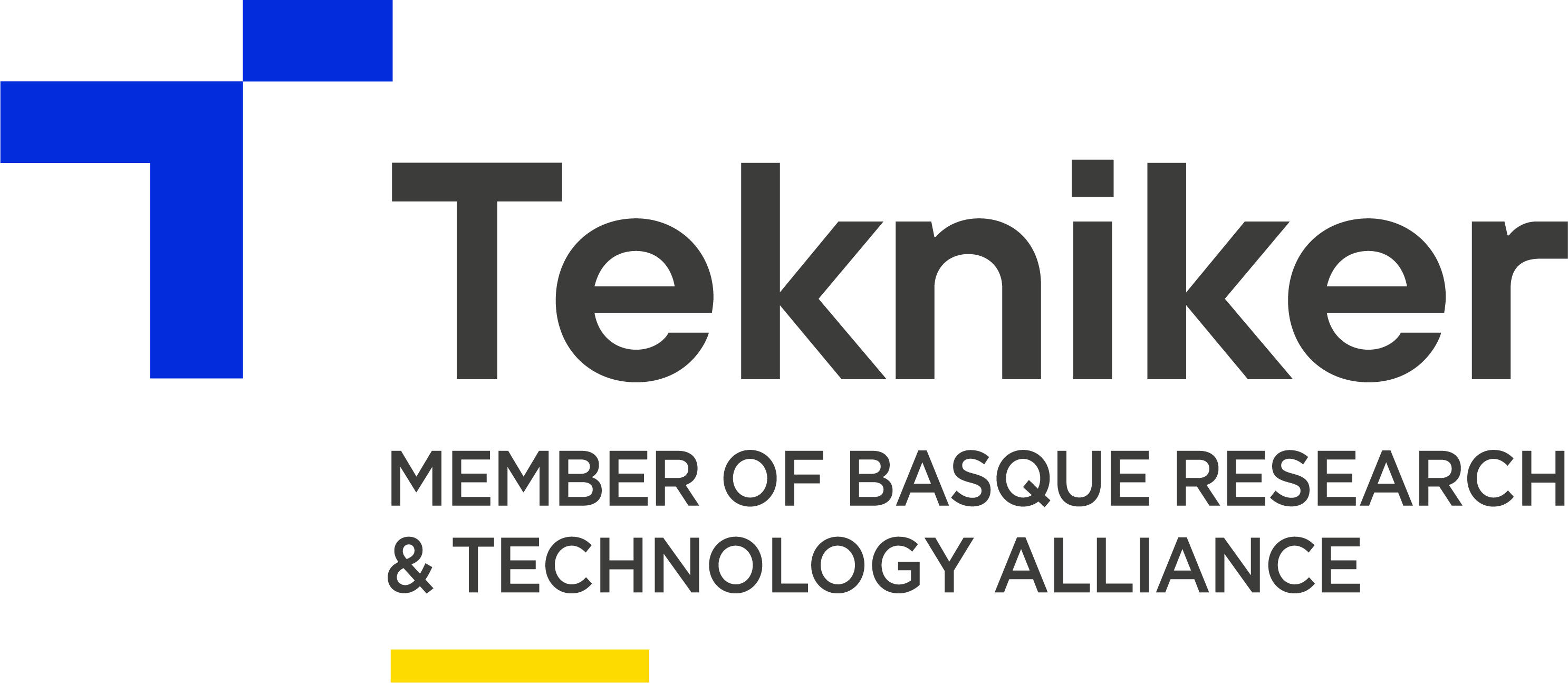
Tekniker – Detection of hazardous elements in scrap yards
Tekniker
Sector: Industry
Business Case
Inspection of the scrap received is performed visually by scrap yard personnel, once deposited, which requires a significant investment of time and is prone to subjectivity. This means that the presence of dangerous items or the non-compliance with the dimensional criteria of the scrap can go unnoticed, jeopardising both the safety of the personnel and the efficiency and quality of the production process.
Objectives
Development of an advanced computer vision hardware and software system and deep learning algorithms to automatically inspect scrap under severe industrial conditions. Its objective is to classify the type of scrap, automate the detection of dangerous and out-of-specification items, and improve the calculation of the scrap homogeneity, thus optimising the material reception process and the classification and characterisation of the scrap.
Use case
In scrap loads. Generative AI was used to create synthetic scenes, expanding and diversifying the dataset, which improves the accuracy and robustness of the detection. The project focus was to train the advanced object detection models using artificial intelligence to identify the type of scrap and hazardous elements.
Infrastructure
Edge. On Premise.
Technology
Automatic or Deep Learning Image recognition/processing
Data
Own dataset generated and tagged in several ArcelorMittal facilities.
Resources
At the organisational level, 1 project manager, 3 computer vision and AI specialists and 1 hardware technician were required. Technical development by Tekniker and Arcelormittal Basque Country Research Centre, and requirements and validation by ArcelorMittal.
Difficulties and learning
One of the main challenges was the lack of a dataset with a wide variability of hazardous objects covering the different categories necessary for the effective training of detection models. This limitation made it difficult to develop a model capable of accurately identifying a diverse range of hazardous elements in different contexts and operating conditions. The scarcity of data required the use of generative AI techniques to enrich and diversify the existing dataset, thus improving the generalisability of the model.
KPIs (business impact and metrics of the model)
mAP, Accuracy, Recall and proprietary metrics
Funding
SPRI Applied Artificial Intelligence Program
Collaborators, Partners
ArcelorMittal Basque Country Research Centre, ArcelorMittal Sestao




